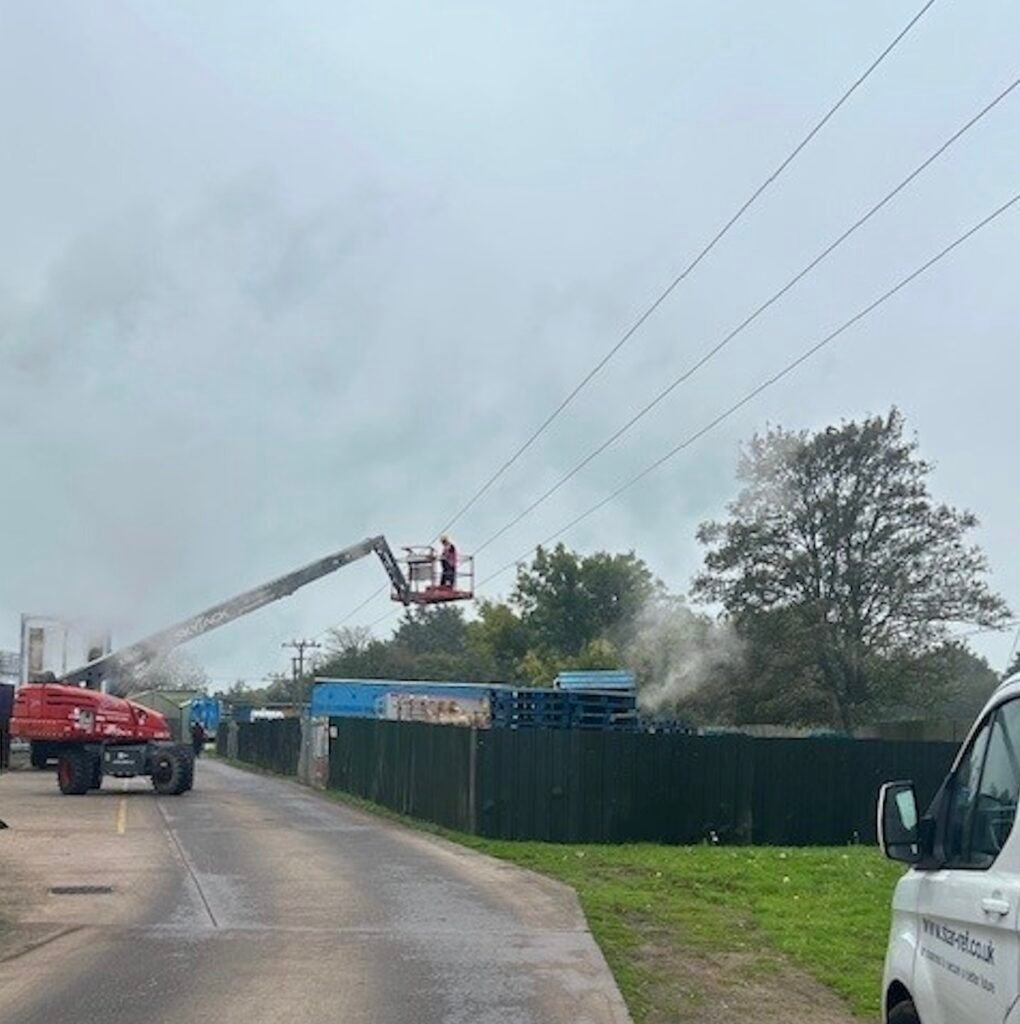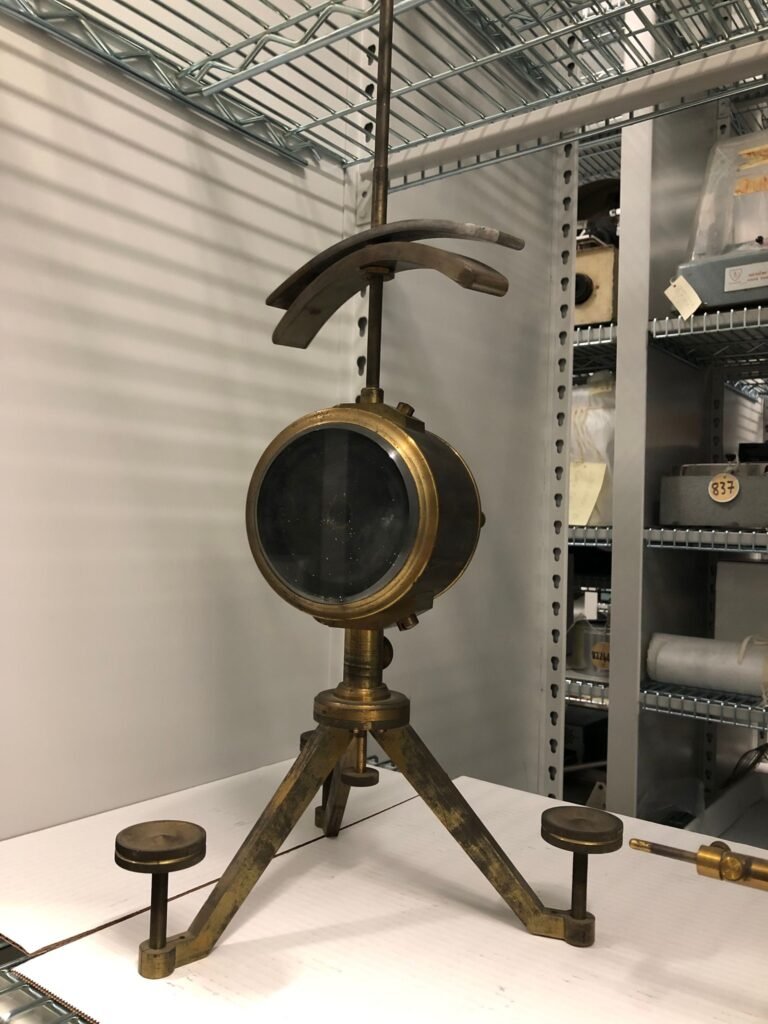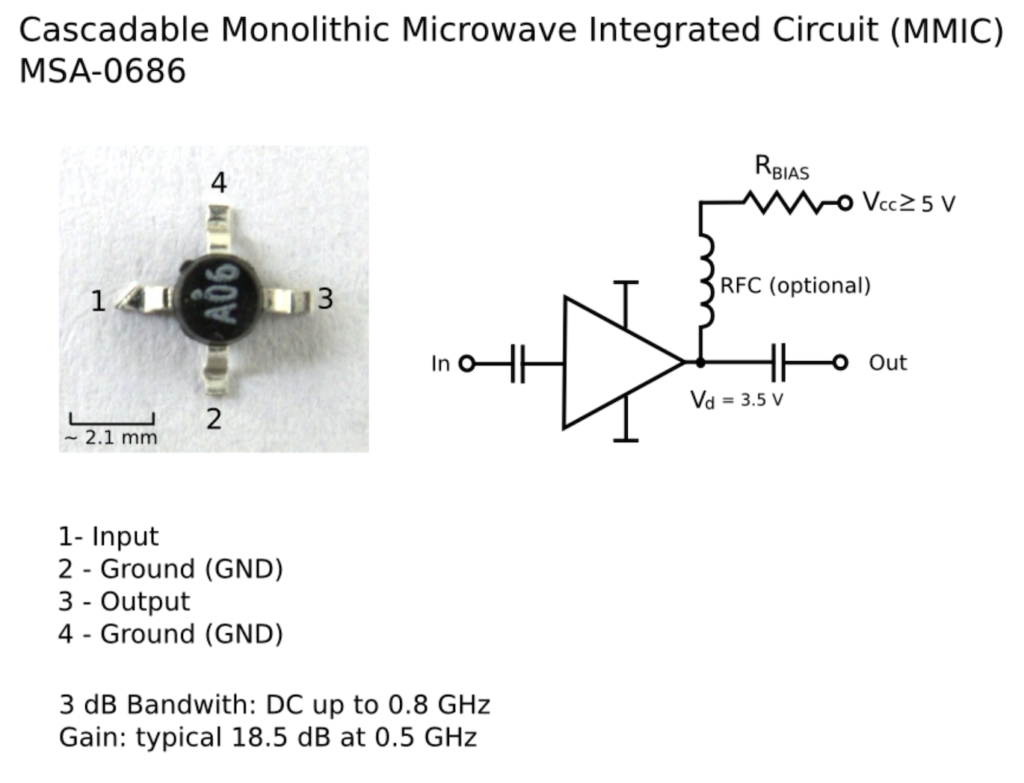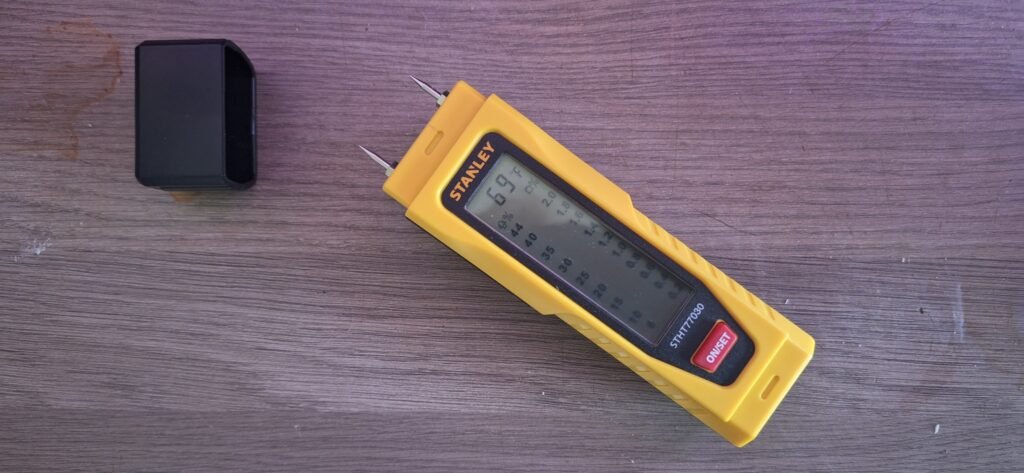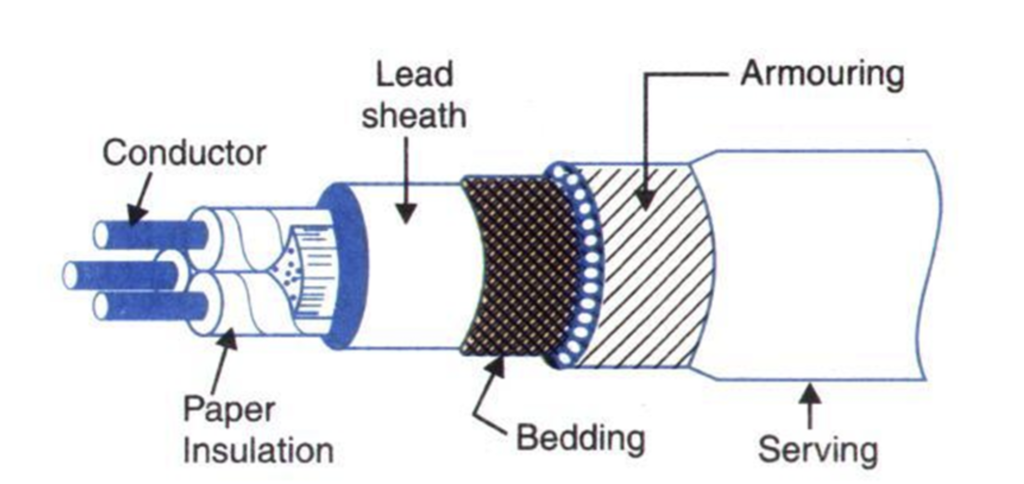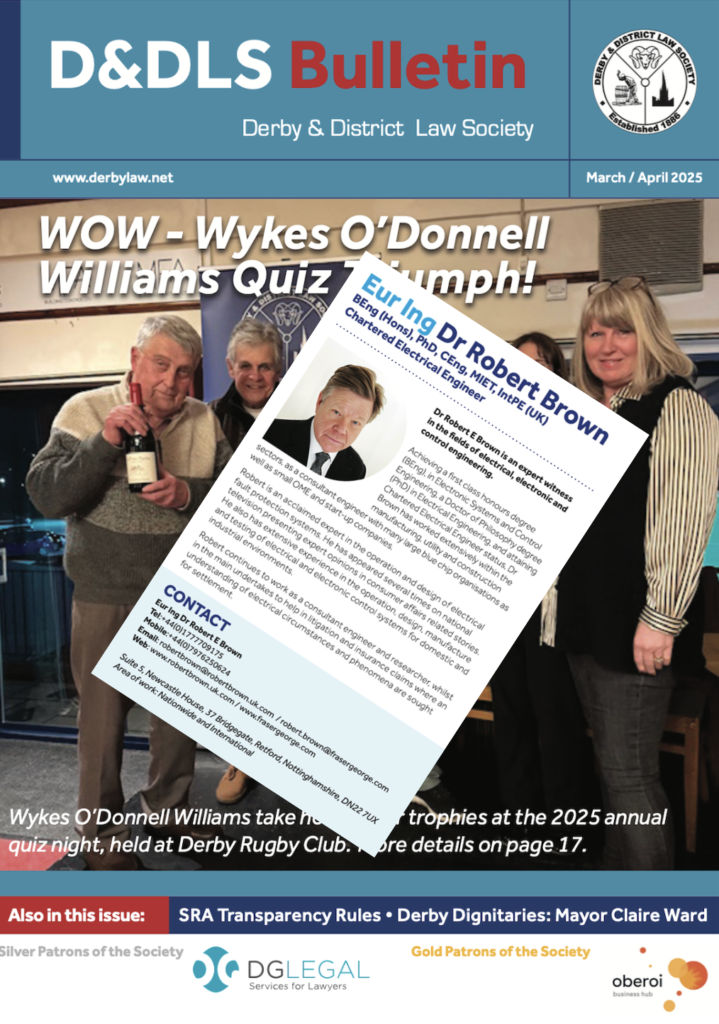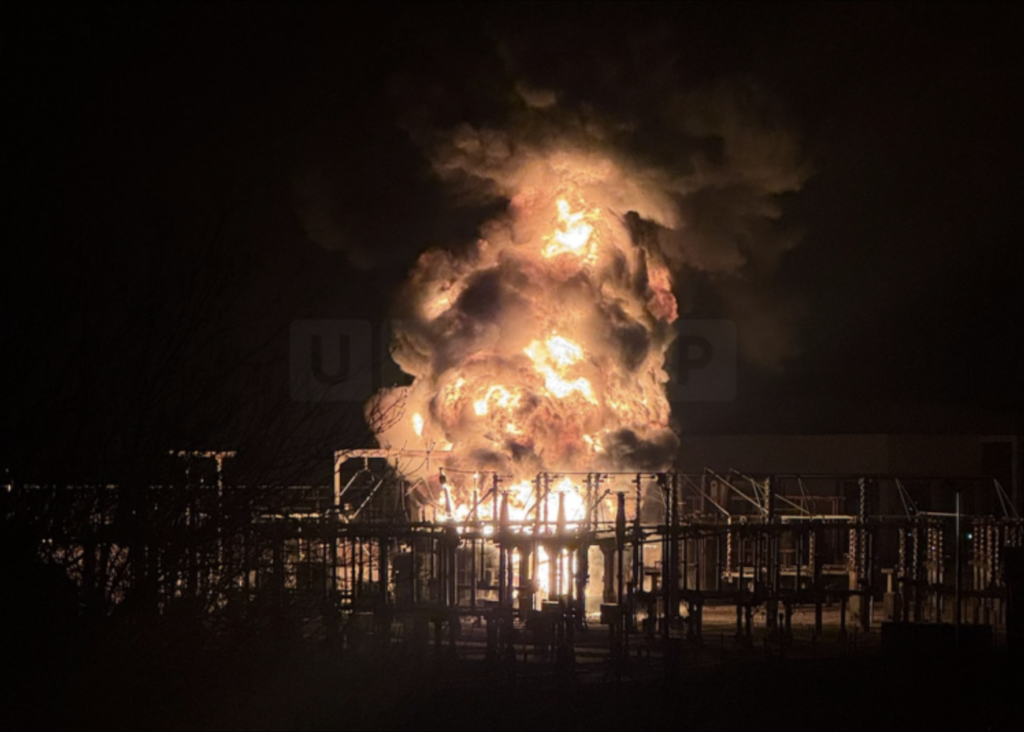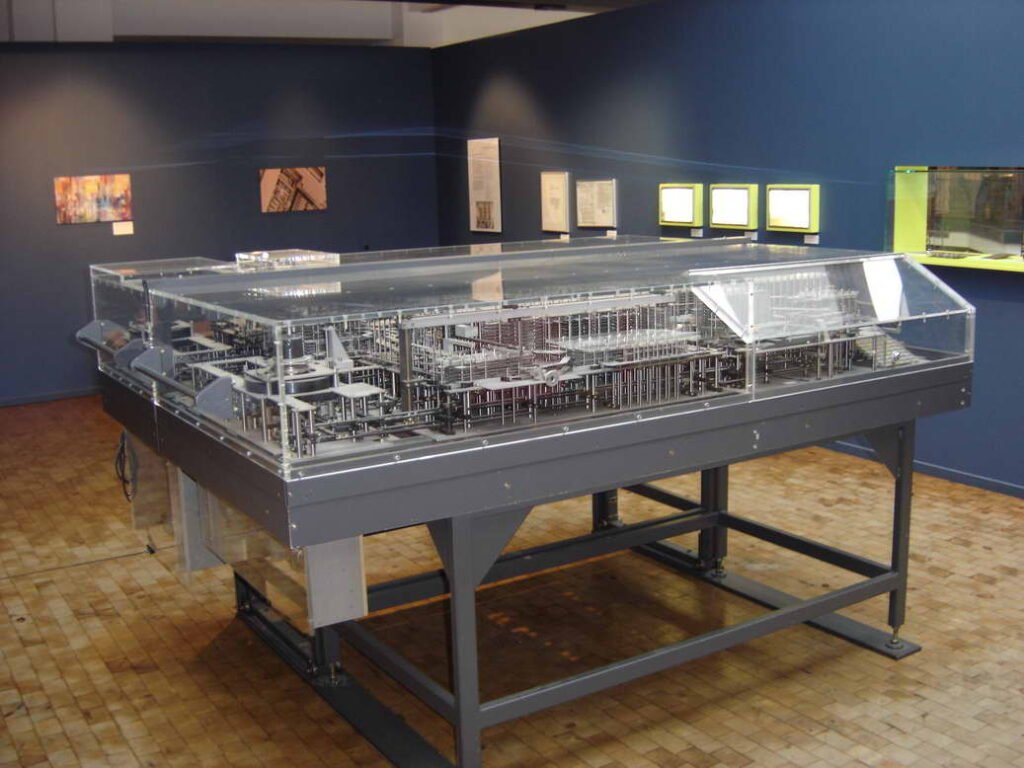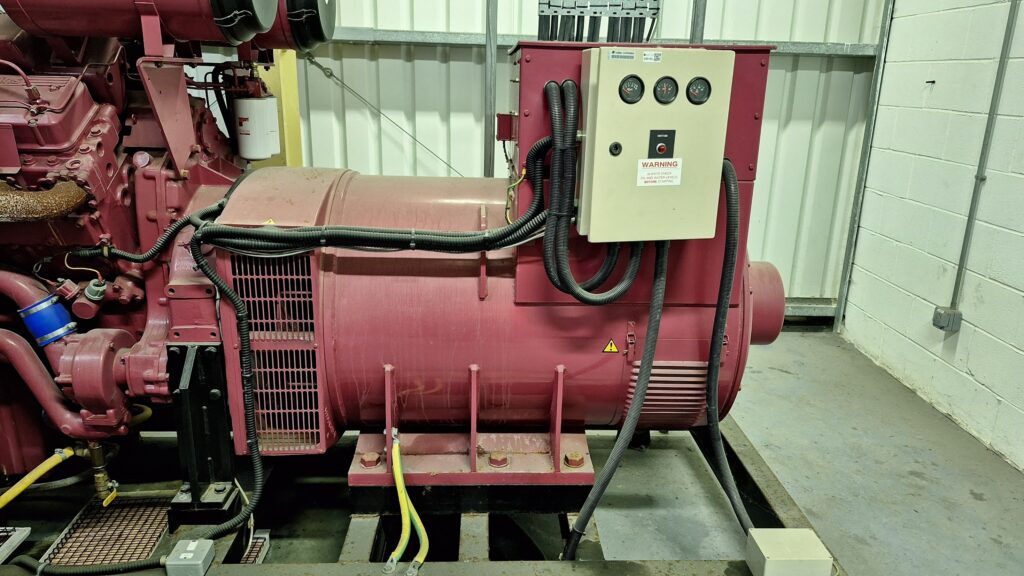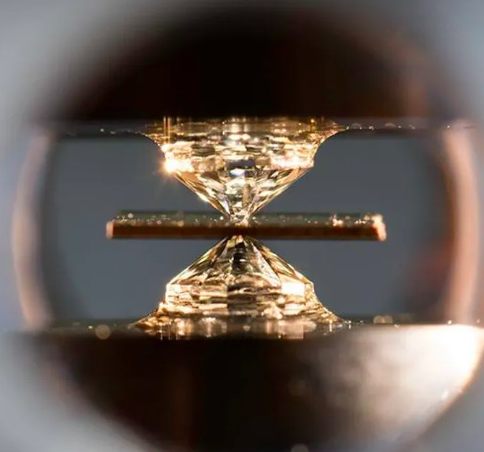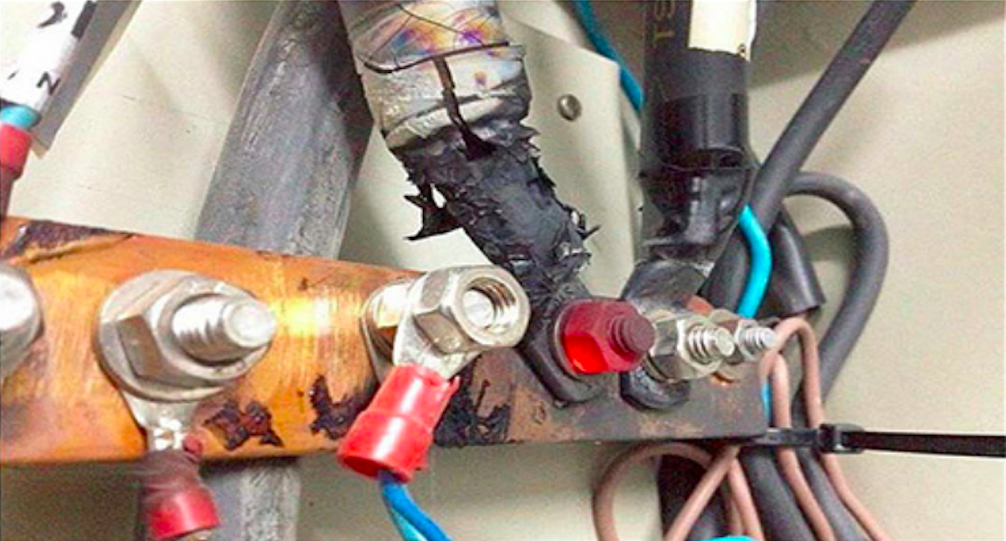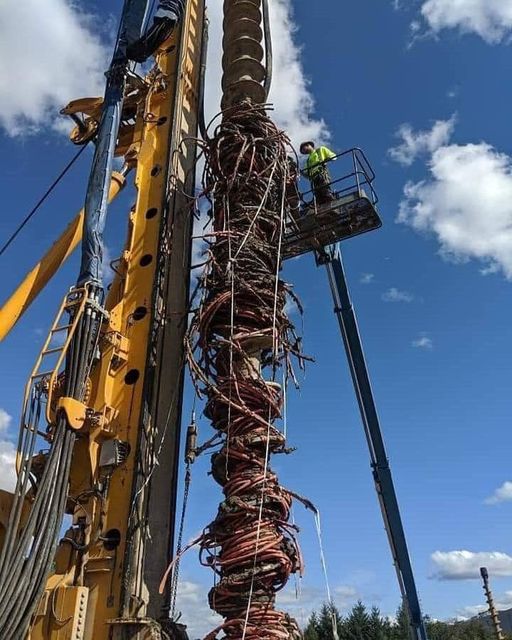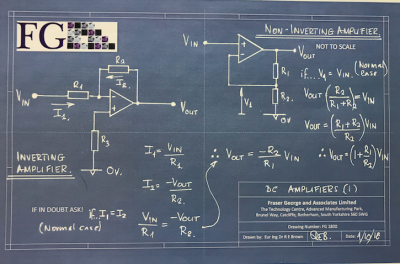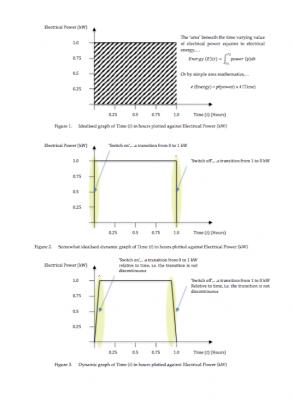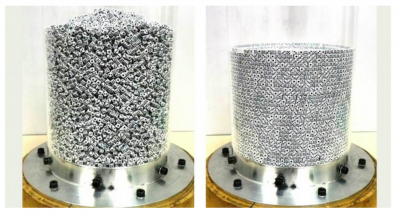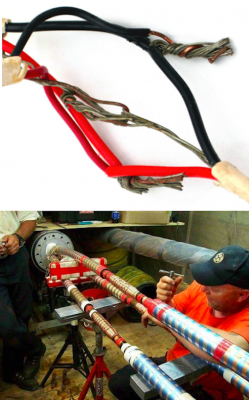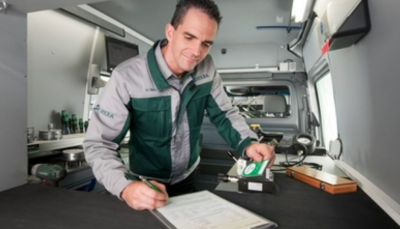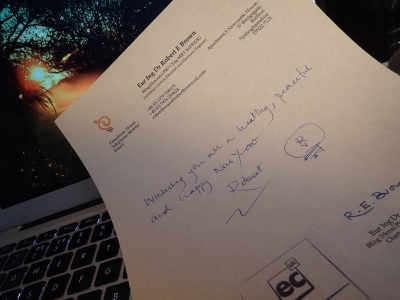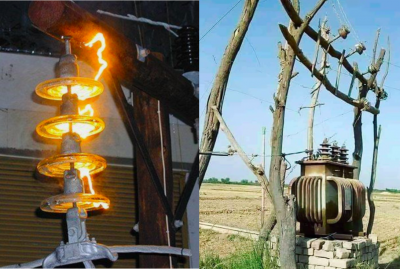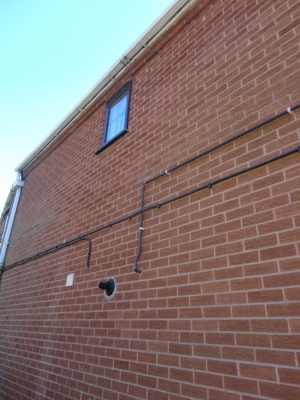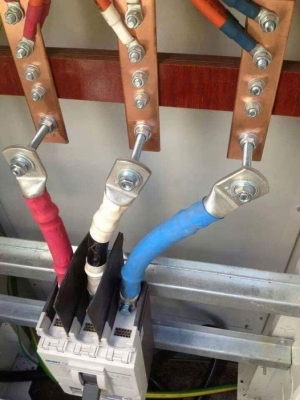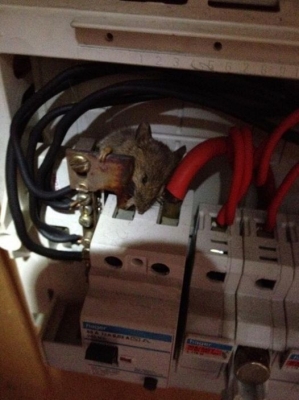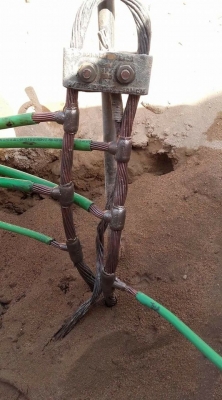Early telegraph systems led to improved communication however the systems were limited due to a lack of readily available electrical power. In 1839 Welsh scientist Sir William Grove tried to tackle the problem by designing a device that could generate increased amounts electricity.
Grove’s electromechanical devices focused on harnessing electrical energy released by a chemical reaction. Grove’s first attempt consisted of a zinc electrode placed in dilute sulfuric acid and a platinum electrode placed in concentrated nitric acidseparated by a porous ceramic pot. In simple terms an improved design of battery.
The “Grove Cell” was the favoured power source in the mid-nineteenth century due to its increased current generation capabilities however, as telegraph communications increased it became apparent that the cells were releasing poisonous, nitric oxide gas resulting in large telegraph offices being filled with smoke from ‘hissing’ Grove cells.
Grove went on to improve the fuel cell design and the second electromechanical cell, the “Gas Voltaic Battery” provided the basis for the modern fuel cell of today. The second fuel cell design was based on the phenomena that passing electrical current through water provokes the separation of water molecules into hydrogen and oxygen. Grove postulated was that if the reaction due to passing electricity through water could be reversed by combining hydrogen and oxygen using platinum as a catalyst, then potentially electrical energy and water could be generated.
Grove’s apparatus consisted of two strips of platinum each encased in a tube of either hydrogen or oxygen, these being immersed in a tank of sulphuric acid. By connecting both platinum plates in a series circuit, Grove demonstrated that electricity flowed and water was produced by recombination of the two gases.
Unfortunately Grove was not commercially astute and his fuel cell design lay dormant for approximately 130 years. In 1889, the term “Fuel Cell” was composed by Ludwig Mond and Charles Langer who developed the first practical device
Eur Ing Dr Robert Brown (Robert) is the Executive Director of Fraser George and Associates Limited and is a Consultant and Forensic Engineer in the fields Electrical Electronic and Control Engineering.
Robert is an accomplished professional Expert Witness having prepared and presented many court compliant reports and presented oral evidence within the High Court, Crown Courts and County Courts.
For further information please contact Robert via;
Email,…robert.brown@frasergeorge.com or robertbrown@robertbrown.uk.com
Tel Land: +44 (0)1777 709175
Tel Mobile: +44 (0) 7976250624
https://www.facebook.com/Fraser.George.Electrical.Expert
https://www.facebook.com/EurIngDrRobertBrown
https://www.linkedin.com/in/consultantrobertbrown/
https://www.linkedin.com/company/21539092/admin/



